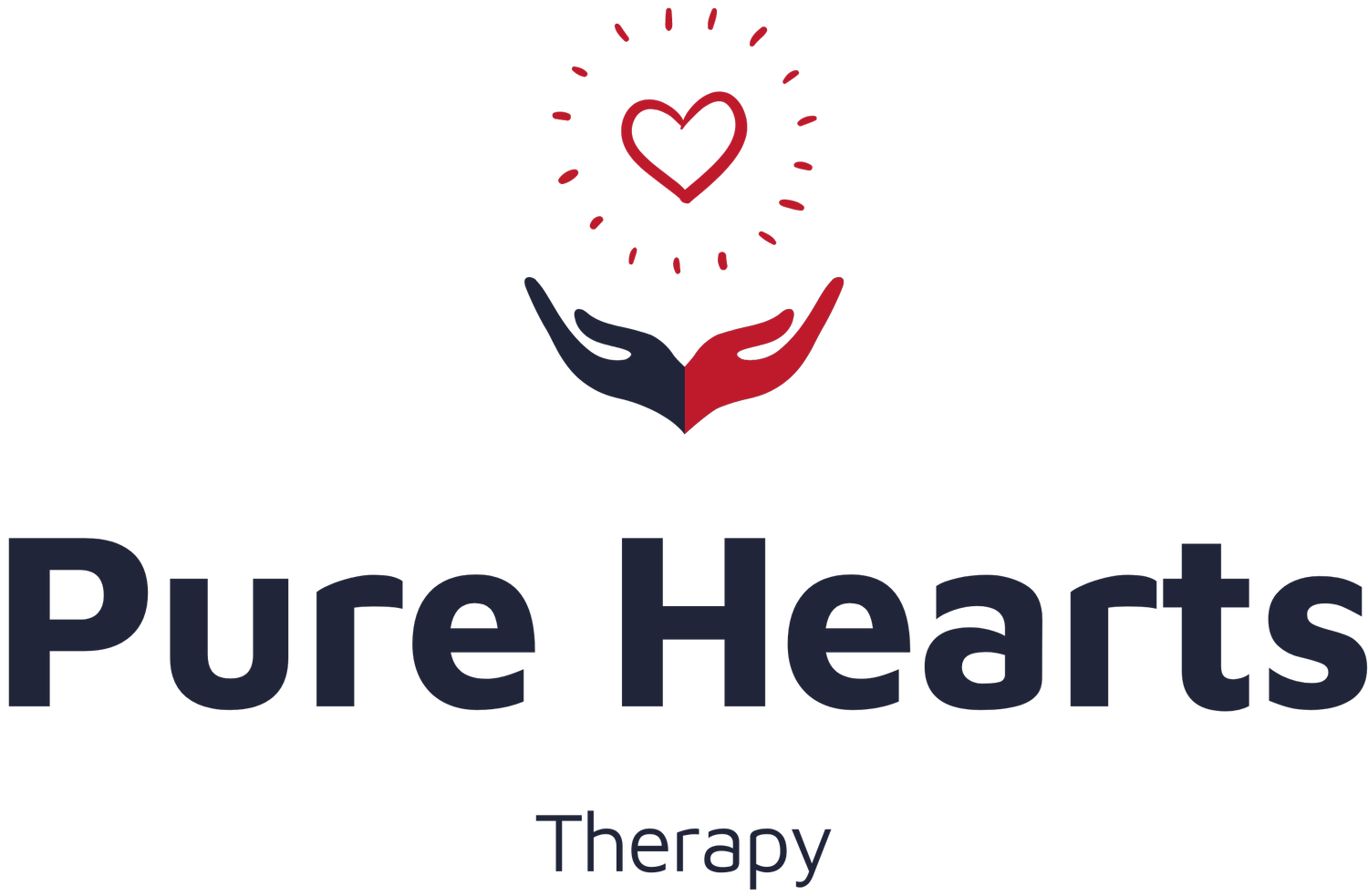How Occupational Therapy Helps Children with Autism Thrive in Daily Life?
🧠 What Is Occupational Therapy?
Occupational therapists (OTs) help people participate in meaningful everyday activities—called occupations—that bring value and structure to our lives. For children, especially those on the autism spectrum, OTs help build the foundational skills needed for daily independence and joy.
🧩 What Areas Do Occupational Therapists Support?
The OT framework includes 8 key occupations:
Sleep & Rest:
Quality of sleep, routines, and sleep hygiene strategies.Play:
How kids explore, learn, and grow through fun and interaction.Leisure Activities:
Enjoyed activities done during free time.Activities of Daily Living (ADLs):
Dressing
Bathing
Feeding
Toileting
Instrumental ADLs (IADLs):
Chores
Shopping
Meal preparation
Education:
Support with formal and informal learning environments.Social Participation:
Community safety, making friends, family interactions.Work (in older kids/teens):
Volunteering, job prep, and employment readiness.
🔍 What Does an OT Evaluation Look Like?
An OT begins by assessing your child’s participation in these occupations through:
Formal evaluations
Questionnaires
Interviews with parents/caregivers
Review of medical and developmental history
From there, the therapist targets specific skills that may be limiting participation.
✨ Skills OT Commonly Addresses
Social-Emotional Skills
Perspective-taking
Negotiation and conflict resolution
Interoception (understanding internal body signals)
Self-expression
Communication
Yes/no responses
Pointing and requesting
Expanding expressive language
Sensory Processing
Helping children regulate input from light, sound, touch, movement
Addressing over- or under-responsiveness to sensory information
Executive Functioning
Planning, sequencing
Focus and memory
Transitions and task management
Motor and Coordination Skills
Fine motor and gross motor
Oral-motor and hand-eye coordination
Bilateral coordination (using both sides of the body)
Environmental Adaptations
At home, school, or in the community
Tools, strategies, and routines to increase participation
🧭 How to Maximize OT Services
Be Curious & Ask Questions:
Don’t hesitate to ask why an activity is being done or how to support it at home.Engage During Sessions:
Share updates about health, behaviors, new interests, or concerns.Follow Through with Home Programming:
Even practicing just once a week can make a big difference.Build Consistency:
OT is most effective when the strategies are reinforced outside of sessions.
✅ Let’s Recap
OTs support children across many daily life areas including:
Sleep
Play and leisure
Self-care and chores
Education
Social engagement
Work/volunteering (for older youth)
They do this by addressing challenges in:
Sensory processing
Social-emotional development
Cognitive and motor skills
Environmental adaptations
Habits and routines
💬 Want to Learn More?
Pure Hearts Therapy provides in-home and community-based OT services tailored to your child’s unique strengths and challenges.
👉 Contact us to learn how occupational therapy can support your family.
Subscribe Now & Leave a Review
Apple Podcasts, Spotify, Google Podcast, & Stitcher
Visit our Website
Follow Us:

